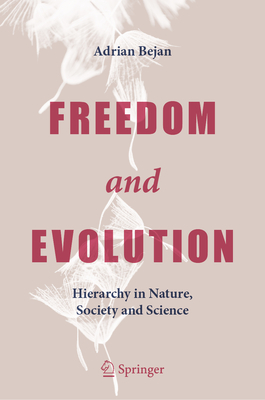Description
The book begins with familiar designs found all around and inside us (such as the 'trees' of river basins, human lungs, blood and city traffic). It then shows how all flow systems are driven by power from natural engines everywhere, and how they are endlessly shaped because of freedom. Finally, Professor Bejan explains how people, like everything else that moves on earth, are driven by power derived from our "engines" that consume fuel and food, and that our movement dissipates the power completely and changes constantly for greater access, economies of scale, efficiency, innovation and life. Written for wide audiences of all ages, including readers interested in science, patterns in nature, similarity and non-uniformity, history and the future, and those just interested in having fun with ideas, the book shows how many "design change" concepts acquire a solid scientific footing and how they exist with the evolution of nature, society, technology and science.
About the Author
Adrian Bejan was awarded the Benjamin Franklin Medal for "Thermodynamics and constructal theory, which predicts natural design and its evolution in engineering, scientific, and social systems". He earned all his degrees at the Massachusetts Institute of Technology: B.S. (1971, Honors Course), M.S. (1972, Honors Course), and Ph.D. (1975). He was a Fellow in the Miller Institute for Basic Research in Science, at the University of California, Berkeley (1976-1978). At Duke University, he is the J. A. Jones Distinguished Professor since 1989. He authored over 30 books, including The Physics of Life (2016) and 650 peer-refereed journal articles, and was awarded 18 honorary doctorates from universities in 11 countries. Professor Adrian Bejan's impact on thermal sciences is highlighted by his original methods of theory, modeling, analysis and design that today are associated with his name: life and evolution as physics, constructal law, entropy generation minimization, scale analysis, heatlines, temperature-heat (T-Q) drawings, and many more. He has received the highest international awards for thermal sciences, and is a member of the Academy of Europe.

